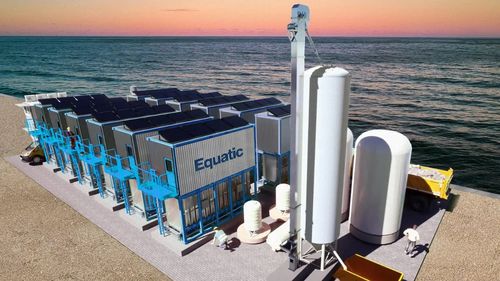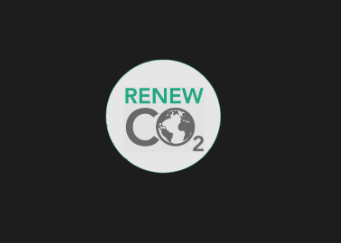First Ammonia, a green ammonia project developer, is soliciting interest from potential providers of renewable energy for its flagship project in Port of Victoria, Texas.
The company is looking for 10 years of renewable energy to power the 100 MW facility beginning in 4Q26, according to sources familiar with the matter.
The renewable power must be eligible under rules for 45V regarding temporal matching and incrementality, the sources said.
Verdonck Partners is advising on the renewable power solicitation, they added.
ReSource previously interviewed First Ammonia CEO Joel Moser about the company and its plans for growth.
The project has an arrangement with Germany’s Uniper for offtake and with Denmark’s Topsoe for the supply of equipment including electrolyzers.
Representatives of First Ammonia and Verdonck did not respond to requests for comment.






